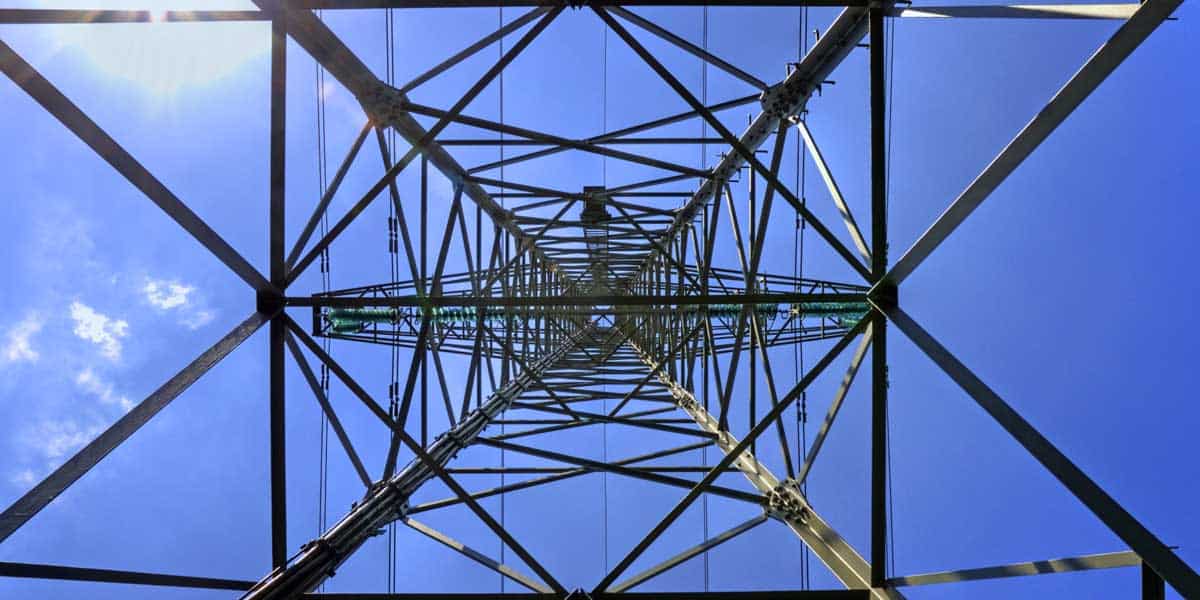From July 1, new ‘Default Prices’ will help reduce energy bills for households currently on “standing offers” across NSW, Queensland and South Australia. So, who will this help and is there any downside?
It is estimated that customers previously on standing offers will see an average $174 annual reduction in power costs. Businesses will likely do better, with projected savings of up to $937 for small firms on a anytime tariffs. Of course, these customers will still be seriously overpaying. Market offers provide much lower rates! Plus the cynic in me, anticipates that retailers will need to make up lost revenue somewhere (or with someone) else…The end of standing offers
Standing offers are the retailers most expensive plans. Up till now, standing offers were set by each retailer and were far higher than the available market offers. If you did not select a market offer or your market offer expired (as many do every year or two) then the retailer could move you on to a standing offer. The result being, your loyalty got rewarded with higher rates, while retailers granted sweeter deals to new customers.
How many will save?
Media reports have claimed that up to one in five households will see improved bills. But a closer look at the reported numbers on standings offer reveals a much smaller impact. In September 2018, public data from the big three retailers shows over 680,000 households on standing offers. The number of customers on standing offers from other retailers is tiny in comparison.
AGL 142,928
Origin 380,195
EnergyAustralia 162,213
Sept 2018: Households on standing offers
A year earlier, the number of standing offers was much bigger. Energy retailers agreed to write to more than two million customers by Christmas in 2017 to advise that they were on standing offers and better deals were available.
So, the reality is that less than 10% of households will be impacted. Then, depending on how much lower the Default Offer is from their existing standing offer, it will be a smaller number again that get meaningful relief.
A wider impact: Winners and Losers
But what’s the likely result for everyone else? Origin has already forecast a $44M fall in pre-tax earnings as result of the new regulations. It will impact AGL and EnergyAustralia too. For every action there’s an equal and opposite reaction. Is it naive to think that electricity retailers will simply suck this up? It’s not too hard to imagine that retailers will need to find revenue or cost saving elsewhere to meet their shareholder commitments. Ultimately, the customer is the source of profits – whether overall prices are increased, service levels decreased or competitive offers are withdrawn.
The ACCC has promised to monitor retail prices to make sure companies don’t try to offset the losses by cutting back on offers to other customers. However, the cost of electricity has continued to increase over the last decade, despite the efforts of the ACCC.
You’d be hard pressed to find someone who doesn’t believe in providing a safety net for the genuinely vulnerable in our community. At the same time, the new default offer also provides a saving for the completely disengaged. This might well be at the expense of people of limited means who are engaged and may not be able to find as good a deal as they used to from the big three.
The price of a better deal is vigilance
Will the same level of discounts be available in the future from the big three? We’ll soon find out. When it comes to the next price change season (July 1 for NSW, SA and Queensland) savvy households would be well advised to check to see if their plan still represents good value. Even better, WATTever’s Deal Tracker helps make this easier by automatically comparing your nominated plan with offers in the market every month. If we find you can make a saving at the level you nominate – we’ll send you an email with a link to see the latest comparison.

